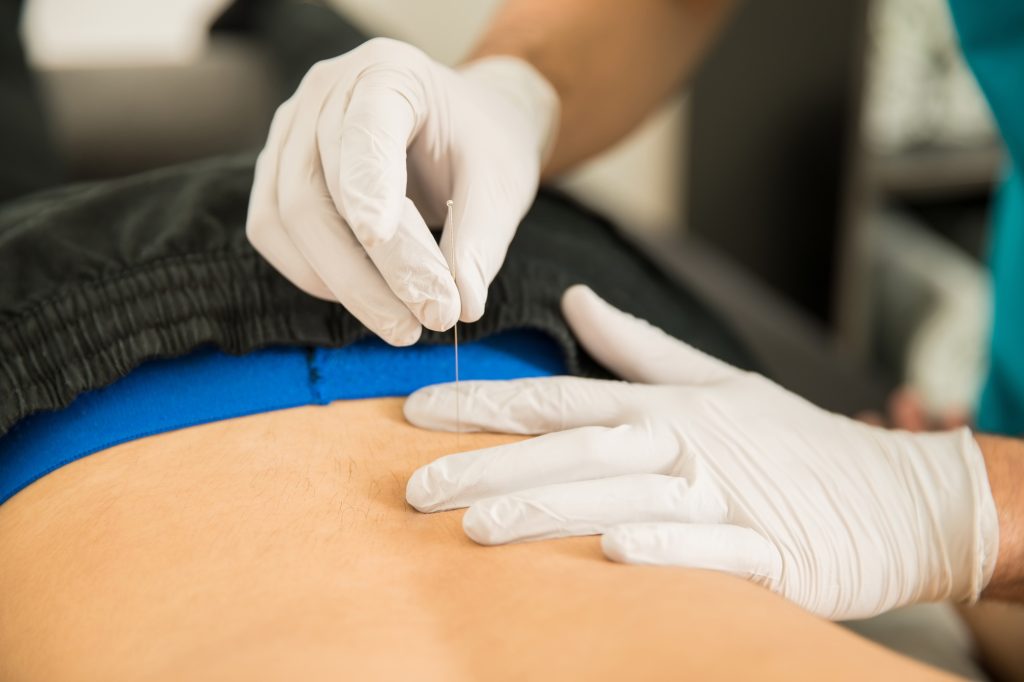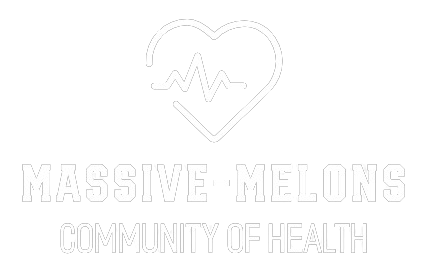Tag: point dry needling
An Overview ON trigger point dry needling
Trigger Point Dry Needling is a treatment procedure that uses fine needles embedded in excruciating curls in the muscles to help ease the torment, further develop portability and capacity. Muscle pressure and convulsions are normal in conditions such as muscle strain and sores, distended migraines, low back torment, and osteoarticular pain.
What is a myofascial trigger point?
Myofascial Trigger Points MTrPs are hyperirritable bundles within a muscle. Overly sensitive buttons can be touched within the muscle filaments. The tight band within the muscle can trigger agony locally or hint at more distant torment, causing distress, loss of versatility and capacity. For one model, assuming that trigger points are available within the trapezius muscle (an exceptionally large muscle in the neck), one may experience pain in the neck in the same way as migraines, in the shoulders, or the upper back.
What is dry needling?
Dry Needling uses clean, disposable, exceptionally fine needles (needle therapy needles) embedded in the skin and the rigid muscle band. It is “dry” because no drugs are infused into the body. Dry needles inside a Trigger Point are used to help ease the torment, relax and stretch tight muscles. It can provide pressure from the nerves and veins that supply the muscle. The goal is to help ease the torment, restore versatility and overall capability by providing Myofascial Trigger Point.

Is dry needling safe? What are the symptoms of dry needling?
Dry needling is, for the most part, a protected strategy. The Physiotherapist or Osteopath trained in Dry Needles will clarify the related hazards and examine, assuming this therapy is appropriate, as indicated by the condition and medical history. At the point where the needle is stuck in the body, one will feel a small prick and perhaps, at the same time, a muscle spasm reaction. In general, these are typical with positive results for the relief of side effects. Patients may also experience post-treatment irritation, but this usually resolves within 24-48 hours after treatment. As dry needling is an insignificant and intrusive treatment, there are some dangers related to this method, such as a death in the vicinity, swelling, illness, and agony. The use of sanitized needles in a single package reduces the chance of illness. Genuine unfavorable dry needling events are exceptionally uncommon.
Experts Comment
So dry needling is just one of the many administrations we bring to the table. It should be seen as a feature of the general treatment and can be used concerning other manual/manipulative methods, bandaging, electrotherapy, or potentially rehabilitative activities to restore capacity and lessen manifestations.












